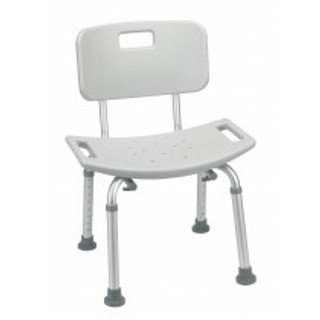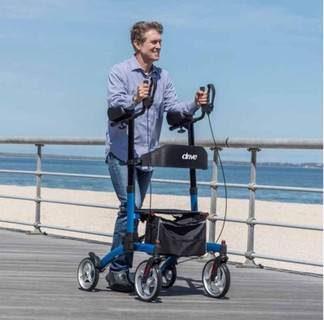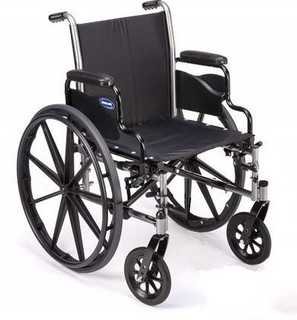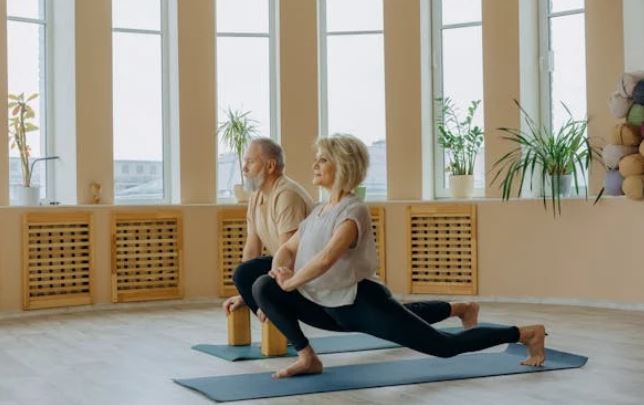Choosing an Exercise Routine for Seniors: A Comprehensive Guide
As we age, staying active becomes even more crucial for maintaining physical and mental well-being. Exercise helps seniors improve strength, balance, flexibility, and cardiovascular health, which are essential for independent living and reducing the risk of chronic diseases. However, choosing the right exercise routine can be overwhelming. Here’s a guide to help seniors select a safe and effective fitness plan tailored to their needs.
1. Consult with a Healthcare Provider
Before starting any new exercise program, it’s essential to consult with a healthcare provider. This step ensures that any underlying medical conditions or physical limitations are considered. A doctor can recommend specific exercises or precautions based on an individual’s health status.
2. Focus on Core Fitness Areas
A balanced exercise routine should target the following key fitness areas:
- Aerobic Exercise: Activities like walking, swimming, cycling, or dancing improve cardiovascular health and endurance. Aim for at least 150 minutes of moderate aerobic exercise per week.
- Strength Training: Strength training helps maintain muscle mass, supports bone density, and improves metabolism. Using light weights, resistance bands, or body-weight exercises like squats and wall push-ups can be effective. Aim for two non-consecutive days of strength training per week.
- Balance Exercises: Falls are a significant concern for seniors, and balance exercises can reduce the risk. Simple moves like standing on one leg, heel-to-toe walks, or Tai Chi can improve balance and coordination.
- Flexibility and Stretching: Keeping muscles flexible enhances mobility and decreases the likelihood of injuries. Gentle stretching exercises, like yoga or Pilates, help maintain range of motion in joints.
3. Choose Low-Impact Activities
Low-impact activities are gentle on the joints and reduce the risk of injury while still providing health benefits. Some excellent low-impact exercises include:
- Walking: One of the easiest and most accessible forms of exercise, walking improves cardiovascular health and strengthens leg muscles. Start with short walks and gradually increase the distance.
- Water Aerobics: Exercising in water reduces stress on the joints, making it an excellent option for seniors with arthritis or joint pain.
- Chair Exercises: For seniors with mobility issues, chair exercises provide a safe way to engage in physical activity. These exercises can include seated stretches, light weight lifting, and leg lifts.
4. Adapt the Routine to Individual Abilities
Every senior has different fitness levels, so it’s essential to personalize the exercise routine. For those who have been inactive, starting with light activities and gradually increasing the intensity is key. On the other hand, seniors who have been more active can challenge themselves with moderate to higher-intensity workouts.
5. Keep it Fun and Varied
Variety is the spice of life, and the same goes for exercise. Incorporating different activities not only prevents boredom but also ensures that all areas of fitness are addressed. Seniors should choose exercises they enjoy, whether it’s group classes, dancing, hiking, or gardening. Joining a community fitness group can also provide motivation and social interaction.
6. Safety Tips for Senior Exercisers
- Start slow: Gradually increase intensity and duration over time to avoid injury.
- Stay hydrated: Older adults may not feel as thirsty, but hydration is critical during exercise.
- Wear appropriate clothing and footwear: Proper shoes and breathable clothing can prevent injuries and overheating.
- Warm-up and cool down: Start with gentle movements to warm up muscles and end with stretching to cool down.
- Listen to your body: If you experience pain, dizziness, or shortness of breath, stop exercising and consult a healthcare provider.
7. Staying Consistent
Consistency is crucial when it comes to reaping the benefits of an exercise routine. Set realistic goals, track progress, and celebrate small victories along the way. Whether it’s daily walks, weekly strength training, or trying a new class, regular physical activity can greatly improve quality of life.
Conclusion
Choosing an exercise routine for seniors doesn’t have to be daunting. The key is finding activities that are enjoyable, appropriate for individual fitness levels, and sustainable over time. By focusing on aerobic exercise, strength training, balance, and flexibility, seniors can enhance their health and independence well into their golden years. Remember, it’s never too late to start exercising!
If you are looking for some great exercise equipment options for seniors of any age check out all we have to offer by clicking on the logo or link below. All products ship fast and free. Save 5% off of your order with coupon code: 5OFFNEW at checkout.
https://www.safewellmedical.com/physical-therapy/



















